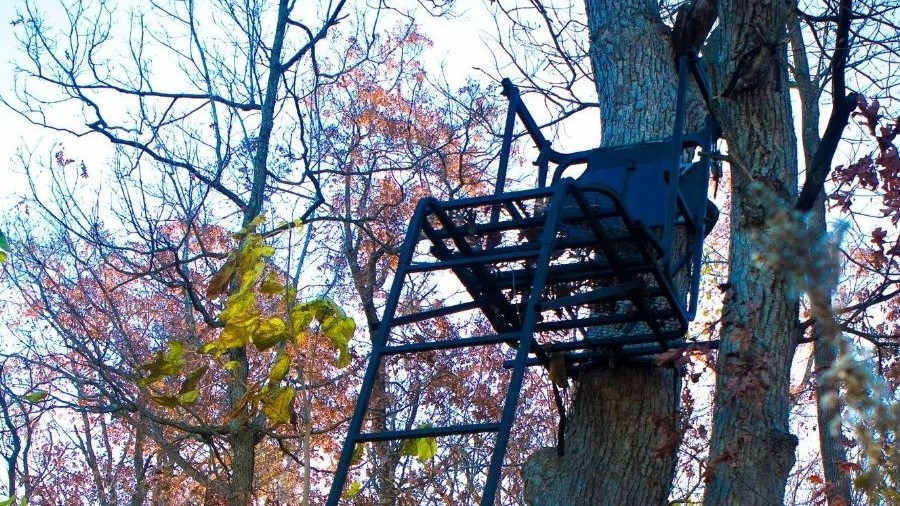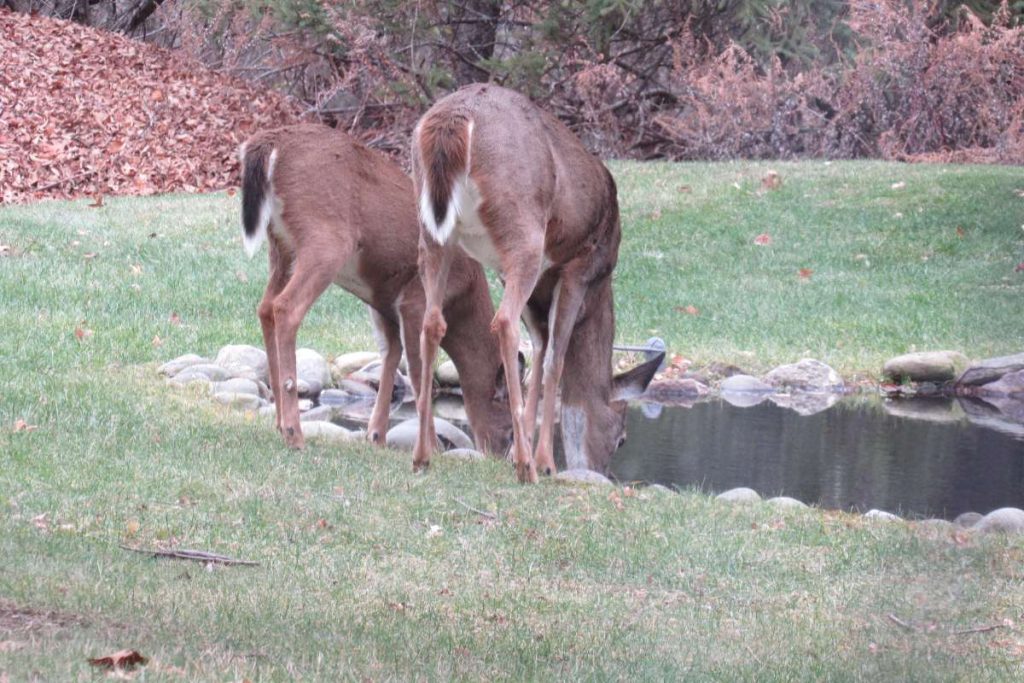As you savor the adrenaline rush of a successful hunt, the deer population in your stand is dealing with the aftermath. Have you ever pondered how swiftly it can rebound?
Our focus in this article, ‘How Fast Can a Stand Recover From Hunting Pressure?’, is to delve into the intricacies of hunting pressure and recovery rates.
We’ll navigate through factors that impact recovery speed, including the timing of the season, hunting intensity, and your unique management strategy.
So, strap in and prepare to discover how to hunt more intelligently, guaranteeing sustainability for future seasons.
Contents (Jump to Topic)
ToggleDeciphering the Puzzle of Hunting Pressure Dynamics
To truly master the craft of deer hunting, it’s essential to decode the dynamics of hunting pressure. This understanding is vital as it directly impacts deer behavior and movement.
Unwittingly altering deer movement by escalating hunting pressure can render your game elusive.
Hunting pressure can drive deer to evade certain areas, taking an average of three days for a stand to recover from hunting pressure.
Spotting Pressured Bucks
Recognizing a pressured buck is crucial, as their behavior changes significantly in response to hunting activity.
This identification is key to gauging how swiftly a stand can recover from hunting.
Mature bucks will adjust their movement and behavior to evade areas with high hunting pressure.
They’ll steer clear of a hunted stand for up to three days, entering the harvest zone less frequently during daylight hours.
By the fourth and fifth days, they no longer avoid the stand.
read.. How To Get Your Spouse Hooked on Bowhunting
Seasonal Hunting Pressure Fluctuations
As the seasons change, it’s vital to understand how hunting pressure varies and how these shifts directly impact your deer hunting.
Seasonal hunting pressure fluctuations influence the rate at which a stand can recover.
Your tactics must be flexible to these changes.
- Early season: This period offers leniency before intense hunting pressure sets in. Utilize this time to introduce youngsters to hunting and targeting big bucks.
- Mid-season: This phase is crucial. Excessive hunting pressure can unsettle the herd. Choose your hunting times wisely to avert overexposure.
- Late season: Post-gun season, it’s time to reevaluate your strategy. With thoughtful management, this period can result in successful hunts.
Strategies for Regulating Hunting Pressure
Grasping the dynamics of hunting pressure control is the key to your success in the woods.
Implementing strategies for controlling hunting pressure is essential to expedite your stand’s recovery.
Rotate your hunting locations and frequently shift stands to alleviate human pressure. Be mindful of wind patterns to evade detection and lessen hunting pressure.
Your understanding of deer behavior plays a pivotal role, too.
Comprehend the impact of hunting pressure on deer movement and familiarize yourself with local deer habits.
Additionally, consider establishing a sanctuary on your hunting property. This refuge for mature bucks can restrict hunting pressure to the sanctuary’s periphery.
Creating a Sanctuary: A Haven for Hunted Deer
A deer sanctuary should provide safety, food, shelter, water, and tranquility for deer seeking refuge from hunting pressure.
It should have dense vegetation and cover for concealment, a reliable water source, minimal human disturbance, and varied terrain with hills or valleys.
The sanctuary boundary should be clearly defined to prevent intrusion.
The presence of deer may increase, potentially improving hunting opportunities outside the no-hunting sanctuary zone.
The Right Vegetation for Deer Attraction:
- Food Plots: Cultivate a balance of annual and perennial plants. Deer are particularly drawn to annuals such as clover, alfalfa, and brassicas (think turnips and radishes). On the other hand, perennials like chicory and certain clovers are the gifts that keep giving, providing a long-term food source for our antlered friends.
- Natural Forage: Don’t underestimate the allure of native vegetation that deer naturally feed on. This includes woody browse like young saplings and shrubs, natural mast producers like oak (for those delicious acorns), and fruit-bearing trees or bushes.
- Supplemental Planting: To boost your sanctuary’s appeal, consider adding plants that produce fruits and nuts. Apple trees, pear trees, and chestnuts are like irresistible candy stores to deer.
The Size Matters
The size of your deer sanctuary can vary, but a good rule of thumb is to set aside at least 10-20% of your land as a sanctuary.
Even a few acres can make a difference if managed correctly for smaller properties.
The goal is to ensure the sanctuary is large enough to provide the deer with ample food, cover, and tranquility.
Water Source
Natural Sources: If you’re lucky enough to have a natural water source like a stream or pond, ensure it remains clean and accessible to the deer. A neat trick is to fence off parts of the water source to prevent erosion and maintain water quality.
Artificial Sources: If Mother Nature hasn’t provided a water source, don’t fret. Consider installing a water trough or a small pond.
These should be refilled and cleaned regularly to provide a consistent and clean water supply.
A rainwater collection system can be a savvy way to sustain these water sources.
Strategies for Post-Pressure Recovery
After executing the initial strategies for controlling hunting pressure, it’s time to concentrate on post-pressure recovery strategies to lure deer back to your stand. Deer hunters should consider the following steps:
- Stand rotation: Regular movement dissuades excessive human presence, facilitating quicker stand recovery.
- Creating a Sanctuary: This zone should be devoid of hunting pressure, serving as a haven for deer, which can eventually entice them back to your stand.
- All-day sits and Hunting Tight Bedding Sites: These tactics can manage hunting pressure, making deer feel less threatened.
Before you go..
In summary, your hunting practices significantly influence a stand’s recovery rate. Recognizing pressured bucks, understanding seasonal variations, and implementing effective control and recovery strategies are integral to sustainable hunting.
Remember, the thrill of the hunt shouldn’t overshadow the ecosystem’s vitality.
So, here’s to more conscientious hunting, ensuring the buck doesn’t stop here, literally and metaphorically.
Continue to learn, adapt, and respect the balance of nature for a rewarding hunting experience.
Sources:
https://deerassociation.com/fast-can-stand-recover-hunting-pressure/
https://www.bowhunting.com/blog/2017/08/24/understanding-science-hunting-pressure/
https://www.themeateater.com/wired-to-hunt/whitetail-hunting/how-to-find-pressured-bucks
https://steamcommunity.com/app/518790/discussions/0/4246299157478650974/
https://www.whitetailhabitatsolutions.com/blog/important-deer-hunting-pressure-control-tactic







